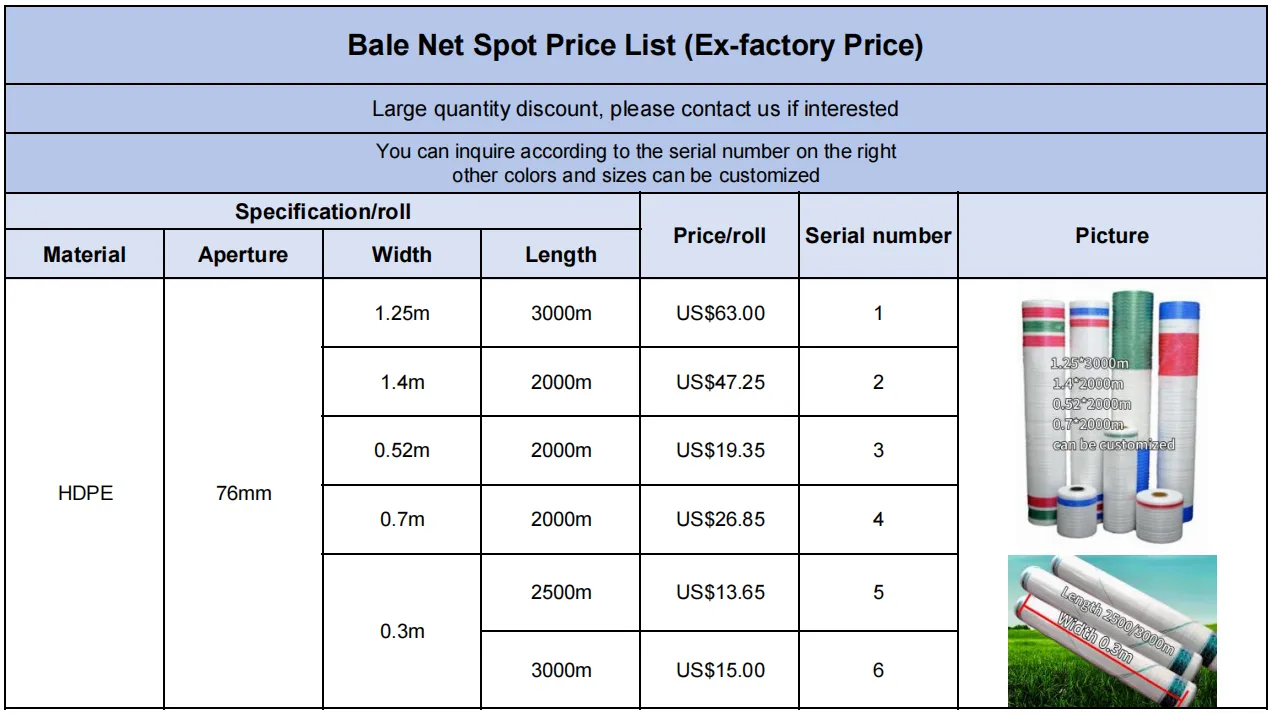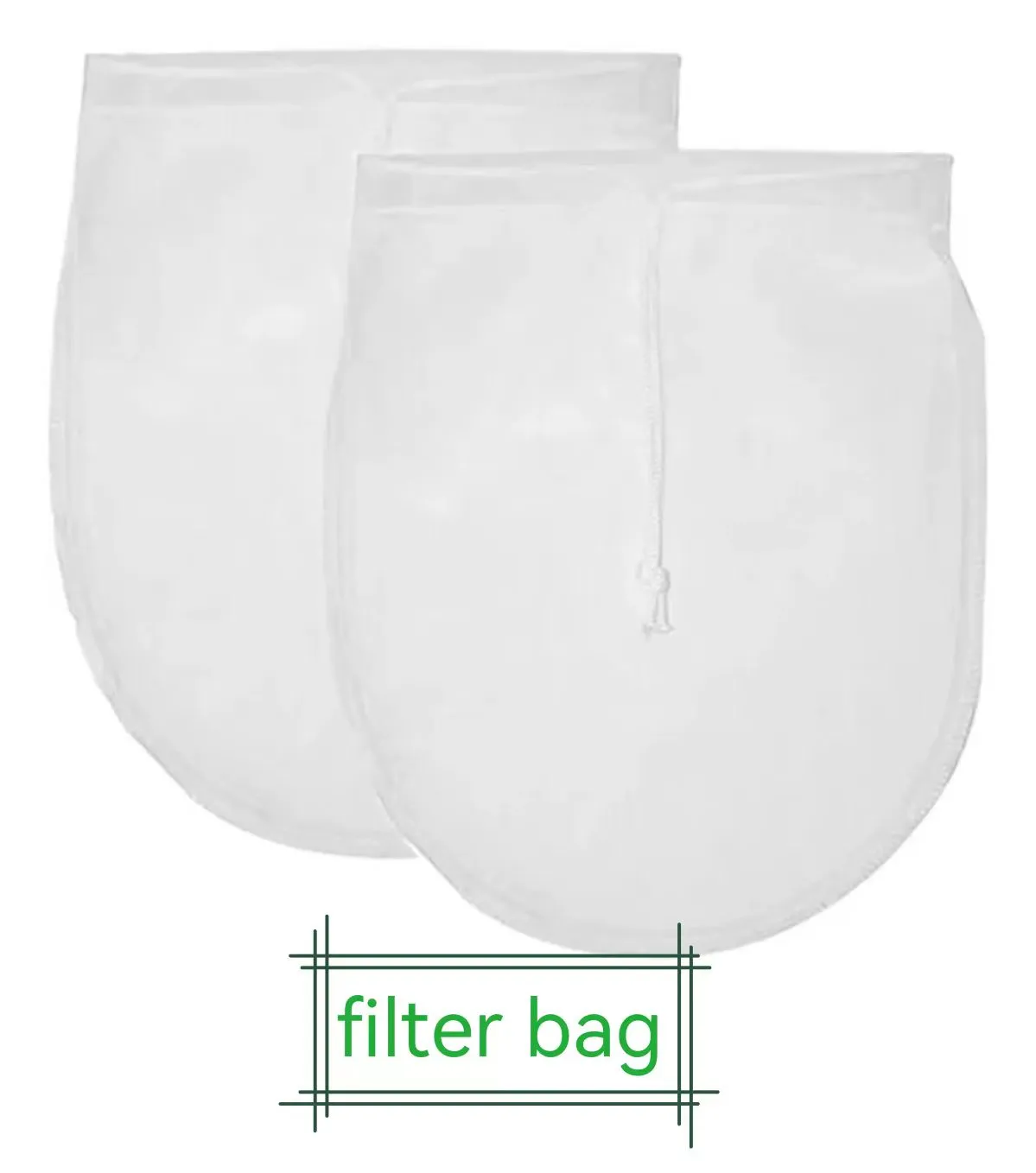agricultural insect net
Agricultural nets have revolutionized modern farming practices by providing innovative solutions to common agricultural challenges. These nets, which include various types such as shade nets, bird nets, and insect nets, are designed to enhance crop protection and yield by creating optimal environmental conditions. Their application in agriculture showcases a blend of traditional farming knowledge and advanced technology, catering to the increasing need for sustainable and efficient farming practices.

Shade nets are widely utilized to regulate the amount of sunlight reaching crops. By controlling the light intensity, these nets help in managing the microclimate around the plants, reducing plant stress, and consequently leading to improved crop quality and yield. They are particularly beneficial in regions with harsh sunlight, allowing farmers to extend the growing season and protect sensitive crops.
Bird nets serve as a crucial tool in preventing damage caused by avian pests. Crops like fruits, which provide a significant food source for birds, can suffer substantial losses without adequate protection. Bird nets offer a safe and environmentally friendly alternative to using chemical deterrents, ensuring the produce remains uncontaminated and market-ready. By employing bird nets, farmers protect not only their yield but also contribute to wildlife conservation by using non-lethal methods.

Insect nets are another critical form of agricultural netting, designed to protect crops from damaging insects without relying on pesticides. These nets act as a physical barrier, preventing insects from accessing the plants while still allowing air and light penetration. By reducing the dependency on chemical pesticides, insect nets help maintain the ecological balance and promote biodiversity in farming environments.
agricultural net
To further enhance the effectiveness of agricultural nets, it is essential to select the appropriate type and material based on the specific requirements of the crop and local environmental conditions. For instance, nets with finer mesh sizes are more suitable for small insect protection, while larger mesh sizes may be adequate for bird exclusion. Additionally, the durability and UV resistance of the net material are pivotal aspects that determine their long-term efficacy and cost-effectiveness.
The professional implementation of agricultural nets also hinges on expert knowledge and experience. Collaborating with agricultural extension officers and experienced agronomists can provide valuable insights into the optimal integration of nets into existing farming practices. These experts can offer recommendations on installation techniques, maintenance, and the customization of net features to cater to specific crop needs.
Trustworthy suppliers play an instrumental role in the adoption of agricultural nets. By sourcing products from reputable manufacturers who prioritize quality and sustainability, farmers can ensure that the nets are not only effective but also durable and environmentally responsible. Transparent communication and reliable after-sales support from suppliers further solidify their role as trusted partners in modern agriculture.
The use of agricultural nets exemplifies an authoritative approach to addressing the challenges of crop protection and management. Their contribution to sustainable agriculture is undeniable, providing both economic and ecological benefits. As the global agricultural landscape continues to evolve, embracing innovative tools like agricultural nets will be pivotal in meeting the food production demands of the future while maintaining environmental integrity.
-
The Versatility of Stainless Steel Wire MeshNewsNov.01,2024
-
The Role and Types of Sun Shade SolutionsNewsNov.01,2024
-
Safeguard Your Space with Effective Bird Protection SolutionsNewsNov.01,2024
-
Protect Your Garden with Innovative Insect-Proof SolutionsNewsNov.01,2024
-
Innovative Solutions for Construction NeedsNewsNov.01,2024
-
Effective Bird Control Solutions for Every NeedNewsNov.01,2024












